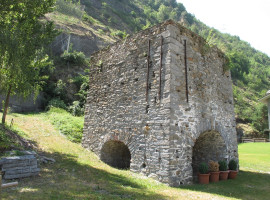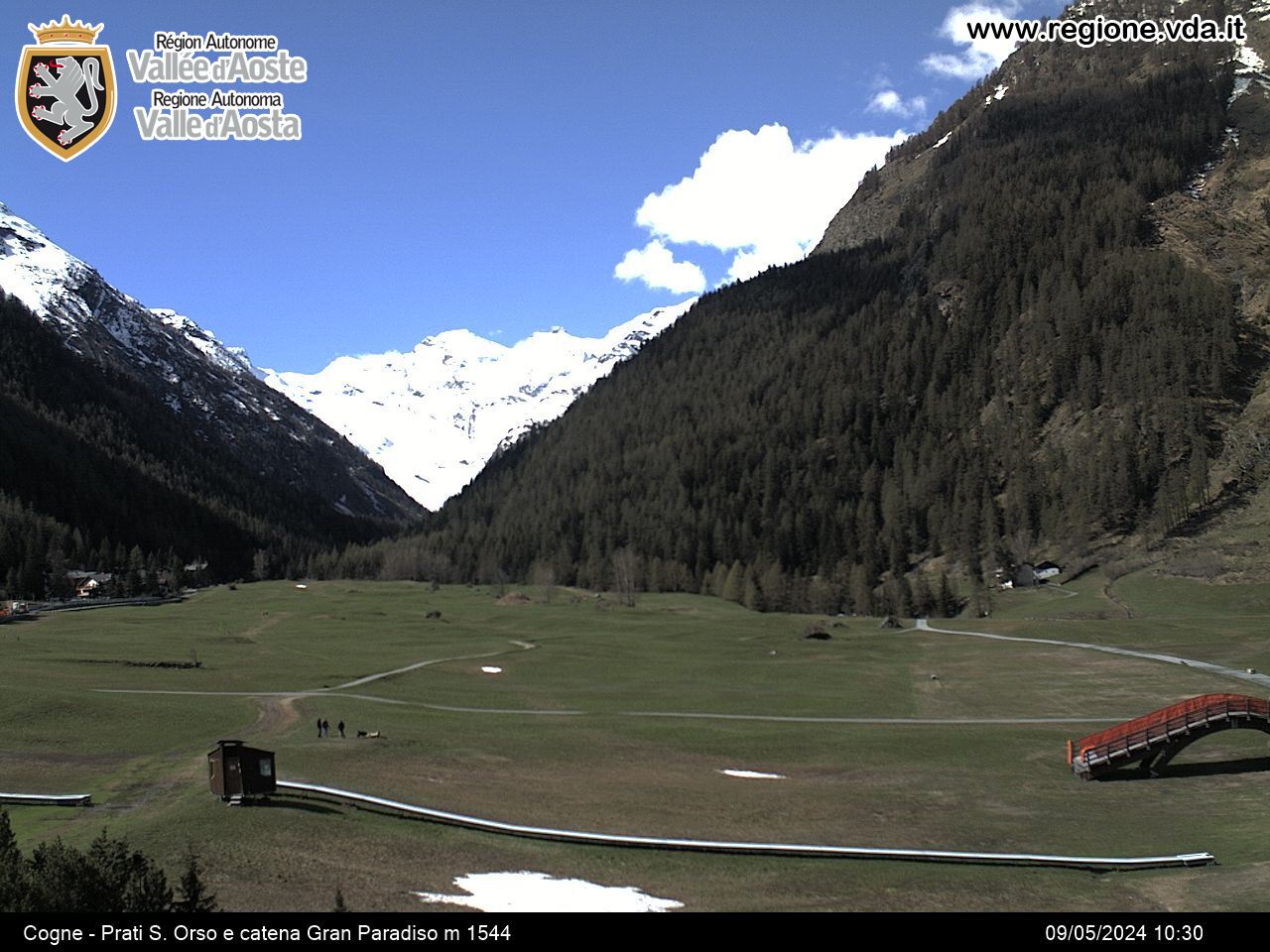Furnace
The ruins of the furnace tell of the industrial soul of 19th-century Villeneuve. The old foundry was the boiling heart of the Aosta Valley between 1830 and the end of the century, when a team of a hundred men worked here and more than a thousand tonnes of iron and as many tonnes of cast iron were produced each year. The foundry was wood-fired and the iron ore was transported from the mines of Cogne along the half-steep path that passed by Pont d'Aël and the village of La Camagne. From Vens, on the other hand, mules transported the gold ore for smelting.
The blast furnace was 12 metres high and the ore was loaded from the top. In addition to war materials, some elements used in the construction of the Mole Antonelliana in Turin were produced here. It was the Gervasone ironworkers, originally from Bergamo, who contributed to the heyday of this industrial facility. Major changes due to the free trade law and the advent of the railway in 1886 decreed the demise of the Villeneuve foundry. At the end of the 19th century, the blast furnace breathed its last breaths of fire as it was no longer competitive on the market.








